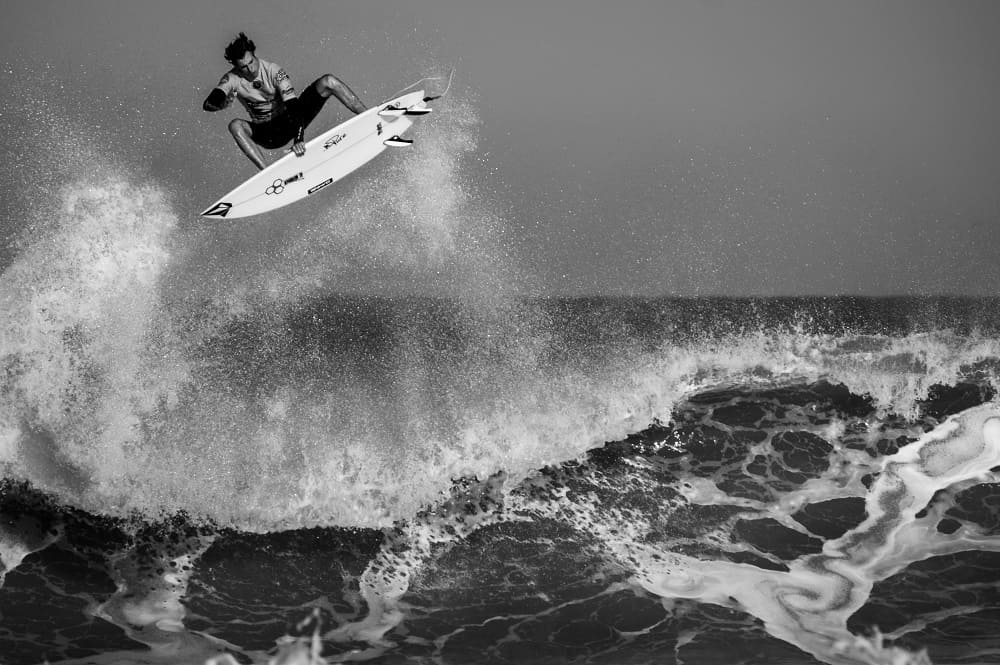Surfing has a rich history and a culture deeply ingrained in coastal communities around the world. One of the fascinating aspects of surfing is the diverse range of styles and approaches surfers adopt when riding waves. Understanding these surfing styles not only enhances one’s appreciation for the sport but also opens up new avenues for exploration and skill development.
Traditional Surfing
Traditional surfing, also known as “classic” surfing, is deeply rooted in the history and culture of the sport. Originating in ancient Polynesia, traditional surfing involves riding waves while standing upright on a surfboard. Surfers typically use longboards and focus on smooth, graceful maneuvers such as noserides and cross-stepping. This style emphasizes elegance and flow, with an emphasis on style over technical maneuvers.
Progressive Surfing
In contrast to traditional surfing, progressive surfing pushes the boundaries of what is possible on a wave. This style is characterized by high-performance maneuvers such as aerials, carves, and off-the-lip maneuvers. Progressive surfers often ride shorter boards with greater maneuverability, allowing them to execute dynamic and innovative tricks. With the advent of modern surfboard designs and advancements in surfing techniques, progressive surfing has become increasingly popular among surfers seeking adrenaline-pumping thrills.
Big Wave Surfing
Big wave surfing is the ultimate test of courage and skill in the surfing world. As the name suggests, this style involves riding waves of considerable size and power, often exceeding 20 feet in height. Big wave surfers must possess exceptional physical fitness, mental fortitude, and wave-reading abilities to navigate these monstrous swells safely. Unlike traditional surfing, which focuses on finesse and style, big wave surfing is all about survival and conquering the raw power of the ocean.
Tow-in Surfing
Tow-in surfing emerged as a response to the growing popularity of big wave surfing and the quest for even larger waves. In tow-in surfing, surfers are towed into waves by personal watercraft, allowing them to catch waves that would be impossible to paddle into. This style requires precise coordination between the surfer and the jet ski driver, as well as a deep understanding of wave mechanics and ocean dynamics. Tow-in surfing enables surfers to ride waves of unprecedented size and power, pushing the limits of what is considered possible in the sport.
Longboarding
Longboarding, characterized by its longer and wider surfboards, harkens back to the roots of surfing. This style emphasizes smooth, flowing turns and stylish maneuvers such as walking to the nose of the board. Longboarders often favor small to medium-sized waves and prioritize style and grace over high-performance maneuvers. With its laid-back vibe and emphasis on soulful surfing, longboarding attracts surfers of all ages and skill levels.
Shortboarding
Shortboarding, on the other hand, is all about high-performance surfing and pushing the limits of speed and maneuverability. Shortboarders ride smaller, more maneuverable boards and focus on aggressive turns, aerials, and tube rides. This style requires quick reflexes, explosive power, and precise footwork, making it the preferred choice for competitive surfers and adrenaline junkies seeking fast-paced action.
Stand-Up Paddle (SUP) Surfing
Stand-up paddle surfing, or SUP surfing, combines elements of surfing and paddling to create a unique and versatile style of wave riding. Surfers use oversized boards and long paddles to propel themselves into waves, allowing for greater stability and control. SUP surfing can be enjoyed in a variety of conditions, from small waves to large swells, making it accessible to surfers of all skill levels. With its emphasis on balance, core strength, and endurance, SUP surfing offers a fun and challenging way to experience the thrill of riding waves.
Conclusion
In conclusion, surfing styles encompass a wide range of approaches, from the classic elegance of traditional longboarding to the adrenaline-fueled excitement of progressive shortboarding. Each style offers its own unique challenges and rewards, catering to surfers of all backgrounds and skill levels. Whether you’re drawn to the graceful artistry of longboarding or the high-octane action of big wave surfing, there’s something for everyone in the diverse world of surfing styles. So grab your board, paddle out, and explore the endless possibilities of wave riding.
FAQs
Longboarding emphasizes smooth, flowing maneuvers and style, while shortboarding focuses on high-performance maneuvers and speed.
Tow-in surfers require specialized equipment, including a personal watercraft (jet ski), tow rope, and safety gear such as a life vest and helmet.
Yes, big wave surfing carries inherent risks due to the size and power of the waves involved. Surfers must undergo extensive training and preparation to safely tackle these conditions.
Yes, stand-up paddle surfing is suitable for people of all ages and fitness levels. However, beginners should start in calm, shallow waters and take lessons to learn proper technique and safety procedures.
Consistent practice, dedication, and a willingness to push your limits are key to improving your surfing skills. Consider taking lessons from a qualified instructor and studying the techniques of experienced surfers to accelerate your progress.

Luca is a professional surfer with a passion for riding waves. He’s spent years perfecting his technique and exploring the world’s best surf spots. When he’s not out on the water, Luca enjoys sharing his surfing insights and experiences through blog.

